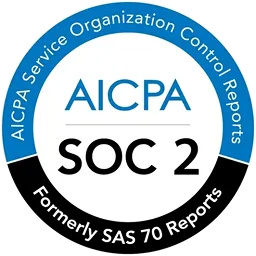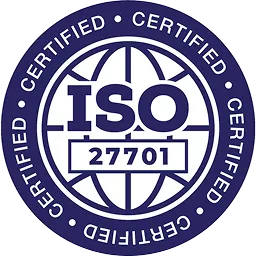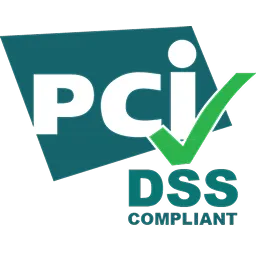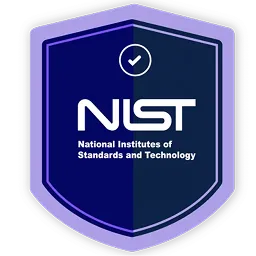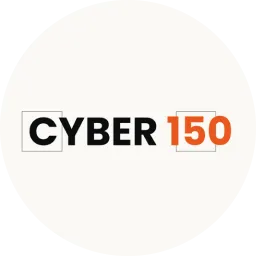Businesses increasingly rely on various SaaS solutions to carry out their operations. So ensuring the security of these applications becomes crucial. But it can be a challenging task for IT teams to manage multiple applications' security manually. This is where SaaS security posture management comes into play. In this article, we’ll explore this criterial concept thoroughly.
Many organizations are embracing the trend of SaaS decentralization and SaaS adoption. Amidst the benefits, this shift poses challenges as well, of which a few are listed below.
- No clarity on organizations SaaS stack
- Unmonitored SaaS usage
- Ineffective or absence of app access policy
These challenges directly impact the security posture of SaaS applications, elevating the risk of data exposure online.
Moreover, considering the level of sensitive data housed in SaaS apps, neglecting their security is not viable. So, to ensure SaaS data safety, implementing effective SaaS security posture management is crucial. In this article, we’ll discuss how SSPM works, why it's important, and best practices to implement to streamline SSPM. But before that, let's first understand what security posture is.
What Is Security Posture?
Security posture refers to how well a system is prepared to defend against potential attacks. But how can one assess the organization’s security posture? An IT manager like you can do so by analyzing how the system identifies and responds to security threats.
This evaluation involves determining whether the tools employed by the organization's security system are sufficient to protect SaaS applications, networks, devices, and critical data.
Furthermore, the effectiveness of an organization's security posture is reflected in its ability to minimize risk, defend against threats, and adhere to security compliance standards.
What Is SaaS Security Posture Management?
SaaS security posture management (SSPM) is the process of monitoring security risks and threats in SaaS applications by using automated security tools, technologies, and strategies. This comprehensive approach seamlessly addresses
- Unnecessary user accounts
- Excessive permissions
- Compliance risks, and other potential security issues in the cloud environment
But how does SSPM work?Here’s how.
How Does SaaS Security Posture Management Work?
SaaS security posture management thoroughly and regularly examines an organization’s SaaS apps in the following areas:
- Configurations: SSPM examines and identifies errors in the security setup that might expose sensitive data to the internet.
This examination involves a detailed review to identify any potential security loopholes and rectify them promptly. - User Permission Settings: SSPM thoroughly reviews user access permissions and determines the actions each user is allowed to perform.
In simple words, it analyzes which users are allowed to access which all SaaS apps and what level of permissions they are granted. It also has the ability to identify inactive, unnecessary, or orphaned accounts, which is a crucial step in reducing potential vulnerabilities and strengthening security. - Compliance Assurance: SSPM actively monitors and identifies security risks that could lead to non-compliance with data security and privacy regulations.
Apart from that, SSPM also triggers automated alerts and notifies your teams in case it identifies any risks in these areas. These timely alerts help your teams to promptly respond and take necessary actions to mitigate potential threats and reduce the risk impact to the least possible manner.
Some SSPM tools go a step further by automatically addressing and resolving identified risks without requiring manual intervention. This streamlined and proactive approach helps strengthen organizational security posture effectively.
Now, let’s explore the key components of SSPM.
Key Components Of SaaS Security Posture Management
The following outlines key components of cloud SaaS security management that contribute to a robust security framework:
1. Data Protection
Data Protection focuses on preventing security breaches through encryption during transmission and storage. This is done using TLS (transport layer security) for secure data movement across various SaaS apps. Further, your teams are given control over encryption keys so that no unauthorized user can decrypt SaaS app data.
2. Identity Access Management
Identity access management is crucial in verifying user identity and determining their rights to access SaaS application data. This system authenticates, authorizes, and reviews user access, ensuring only the right user is granted access to SaaS apps.
It even enforces role-based access control and incorporates multi-factor authentication. This security strategy further helps put a stop to unauthorized access attempts.
3. Regular Penetration Tests
Conducting periodic pen tests or penetration tests is essential to assess the impact that a breach can cause to critical data. In these tests, your teams can use hacker-style attacks to infiltrate the system and identify potential gaps that real hackers can target.
Once the pentest is done, your teams can generate detailed reports outlining recommendations for patches and security fixes.
4. Continuous Vulnerability Assessment
Continuous vulnerability assessments are critical for evaluating the security system, identifying vulnerabilities, and addressing loopholes. Integration of a scanner with the CI/CD pipeline enables the continuous testing of new features and updates.
Unlike penetration tests, vulnerability assessments focus on a thorough check-through of the security system to identify vulnerabilities. Post-assessment, your teams can receive reports outlining security weaknesses for improved and up-to-date security.
5. Ensuring Compliance
Compliance with regulatory standards is paramount to avoid penalties for both SaaS customers and providers. Continuous assessment of compliance ensures that the SaaS application adheres to its baseline security measures.
6. Security Checklist
Maintaining a comprehensive security checklist ensures SaaS security. This checklist assists SaaS application users in making well-informed decisions while selecting a SaaS vendor.
Moreover, by using the checklist, customers can ensure that the SaaS application offered by the vendor meets all necessary security standards and requirements. Also, it acts as a tool to verify that the vendor's SaaS offering aligns with the customer's security needs and expectations.
These were the key components of SaaS security posture management. Now, let’s understand why SSPM is important for organizations.
The Need For SaaS Security Posture Management
The demand for SaaS security posture management (SSPM) continues to rise due to several key factors. As more businesses embrace SaaS solutions, the complexity of their digital environments grows alongside evolving cyber threats and stringent regulatory requirements.
So, by implementing SSPM solutions, organizations can effectively mitigate these risks, safeguarding their data stored in SaaS apps and systems. Here’s how:
1. Identifies excessively permissive settings
SSPM automatically assesses each user's permissions and alerts your team about users' with overly permissive roles. This helps ensure that authorized users only have limited and required access to specific types of data, systems, devices, and assets.
2. Oversee SaaS-to-SaaS integrations
SSPMs streamline the governance of OAuth apps, API tokens, and third-party integrations between SaaS applications. They identify anomalies, unused or excessively privileged integrations, and consistently apply security policies across integrated platforms. This proactive approach helps in mitigating risks associated with potential data breaches.
3. Address SaaS security misconfigurations
SSPMs thoroughly scan and monitor security settings across diverse cloud applications, identifying misconfigurations and privilege drift. They ensure the proper utilization of built-in security controls within SaaS applications, enhancing the overall security posture.
4. Streamlines management of compliance
The ever-changing and widespread nature of SaaS applications has compelled organizations to reconsider their compliance approaches. SSPM consistently monitors compliance status against internal frameworks and regulatory standards.
If certain data handling practices or encryption standards fall short, SSPM notifies your teams of the issue or automatically implements corrective measures.
5. Protect critical data
In order to avoid accidental data exposure, SSPMs regulate access to various data types, including files, sites, and code repositories.
These solutions oversee data-sharing settings and implement suitable access controls to safeguard sensitive information from unauthorized access.
6. Identify security threats
SSPMs help identify potential threats by continuously monitoring for anomalies, malicious activities, and risky behavior. By leveraging advanced analytics, they detect possible threats and promptly alert administrators in real-time.
This early detection and response capability is essential for preventing or minimizing the consequences of cyberattacks.
After learning about SSPM’s importance and benefits, you might consider implementing it in your organization. However, to effectively implement SSPM, you need to follow certain best practices. So, let’s explore these best practices in detail.
Best Practices For SaaS Security Posture Management
Given below are some of the expert-recommended best practices that your team can follow to effectively implement SSPM and enhance SaaS security:
1: Establish clear security policies and guidelines for SaaS usage
You, as an IT manager need to develop comprehensive security policies and guidelines tailored to govern SaaS app usage. These policies should encompass various facets of SaaS security, including user authentication, access controls, data encryption, incident response, and compliance with industry regulations.
2: Enforce user access control
By enforcing user access control (like RBAC, JIT) your team can ensure only authorized users gain access to SaaS apps and data stored in it, at the right time. This reduces the risk of unauthorized access and safeguard SaaS apps data from potential breaches.
3: Conduct regular audits
Regular audits are essential for evaluating the security posture of SaaS applications. Your teams/reviewers need to develop audit criteria and assessment methodologies to thoroughly evaluate data protection mechanisms, app risk and threat score, and compliance posture. Moreover, by conducting audits your team can identify and remediate security gaps (which can occur due to misalignment of user access, neglecting apps compliance status, or granting user access to critical apps) that can comprise the SaaS app data, minimizing the risk of data breaches and compliance violations.
4: Integrate SSPM with a data loss prevention (DLP) System
Integration of SSPM with a Data Loss Prevention (DLP) system enhances data protection capabilities by proactively identifying and mitigating potential data loss risks. By using SSPM solutions with DLP, your team can monitor data usage patterns, detect and prevent data exfiltration attempts, and enforce encryption and access controls (DPL policies) to safeguard sensitive information effectively.
6: Keep the incident response plan ready
An incident response plan is crucial for effectively identifying, responding to, and recovering from security incidents and data breaches. So, your team needs to develop a comprehensive incident response plan before any incidents. This involves setting up certain incident detection and classification procedures to help your team identify security incidents and assess their severity and impact. This approach will help your team to take necessary security actions on time and effectively address the security breach.
Also, regular testing of the incident response plan ensures that your teams are well-prepared to handle security incidents effectively.
7: Opt for an effective SaaS management platform
Lastly, you can consider opting for an effective SaaS management platform. This platforms serve as centralized hubs for managing various SaaS applications used across the organization.
Furthermore, by utilizing a SaaS management platform, your teams can gain complete visibility into the entire SaaS landscape. With the help of this visibility they can understand app usage, user access, and app security configurations. This centralized visibility also enables your teams to identify potential security risks, monitor app compliance, and accordingly they can take proactive measures to mitigate threats.
Apart from that, your team can also conduct reviews of SaaS applications usage. This way your team can identify unauthorized users accessing crucial apps and restrict them swifty. By doing so, you can protect data stored in SaaS apps.
But in order to ensure effective management of SaaS security posture you also need to be aware of future trends. So let’s quickly go through them.
Future Trends In SaaS Security Posture Management
The future trends in SaaS security posture management (SSPM) indicate a dynamic landscape that responds to emerging SaaS security challenges and embraces innovative solutions.
Emerging technologies and approaches in SSPM
- Machine Learning and Artificial Intelligence: These technologies are being integrated with SSPM solutions to enhance threat detection, automate security processes, and provide analytics for risk management.
- Zero Trust model: SSPM is evolving towards a Zero Trust model. In which access to SaaS apps is continuously authenticated and authorized based on user identity, device security posture, and behavior analytics.
Predictions for the future of SaaS security and SSPM
- More focus on data privacy: Data privacy regulations continue to evolve globally. So, organizations will place a greater emphasis on SSPM solutions that ensure compliance with data protection requirements, such as GDPR and CCPA.
- Emphasis on security and compliance: SSPM solutions will integrate with compliance management platforms. This will provide visibility and control over both security and compliance aspects of SaaS environments, streamlining regulatory compliance efforts.
- Rise of autonomous security: SSPM solutions will leverage automation capabilities to autonomously detect, analyze, and respond to security threats in real-time. This will help reduce reliance on manual intervention and improve incident response times.
Recommendations for organizations to stay ahead of SaaS security threats
- Invest in comprehensive SSPM solutions: Organizations should evaluate and implement robust SSPM solutions. They should invest in that SSPM that offers visibility, control, and automation capabilities to effectively manage and secure their SaaS environments.
- Adopt a Zero Trust approach: Implement a Zero Trust model for SaaS security. In which access to apps and data is continuously verified and authenticated.
- Stay ahead of emerging threats: Keep pace with evolving SaaS security threats and trends. This can be done by staying informed about the latest cybersecurity research, threat intelligence, and industry developments, and adapting security strategies.
SaaS Security Posture Management Is The Solution To Enhance SaaS Security
This article has shed light on the essential aspects of SSPM, emphasizing its significance and operational mechanics. It demonstrated how SSPM provides a holistic approach to enhancing security posture in SaaS environments.
Furthermore, it emphasizes the adoption of best practices such as leveraging advanced SaaS management platform like Zluri to strengthen SaaS security posture. And towards the end, we discussed how integrating emerging technologies and staying ahead of evolving security trends will be paramount to staying ahead of SaaS security threats.
Meta description: Explore what SaaS security posture management is, its importance, how it works, how it's different from other security solutions, and more with our in-depth guide.






.png)
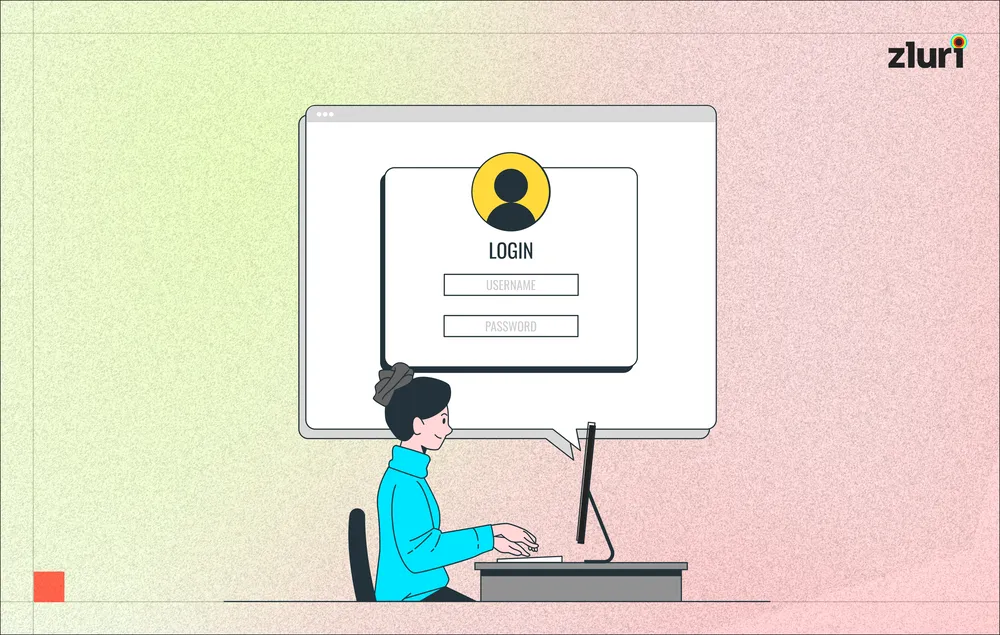
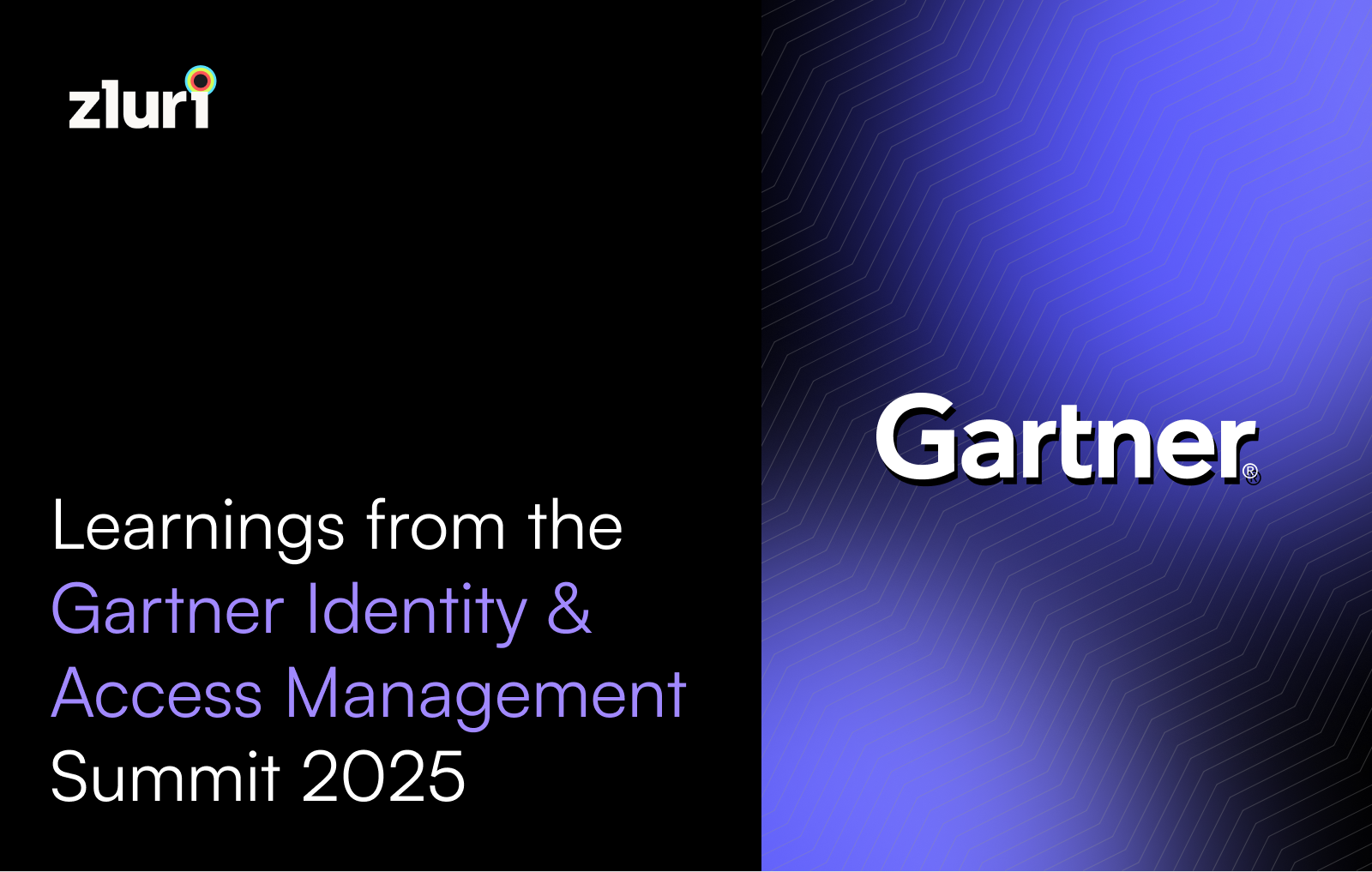
.svg)



